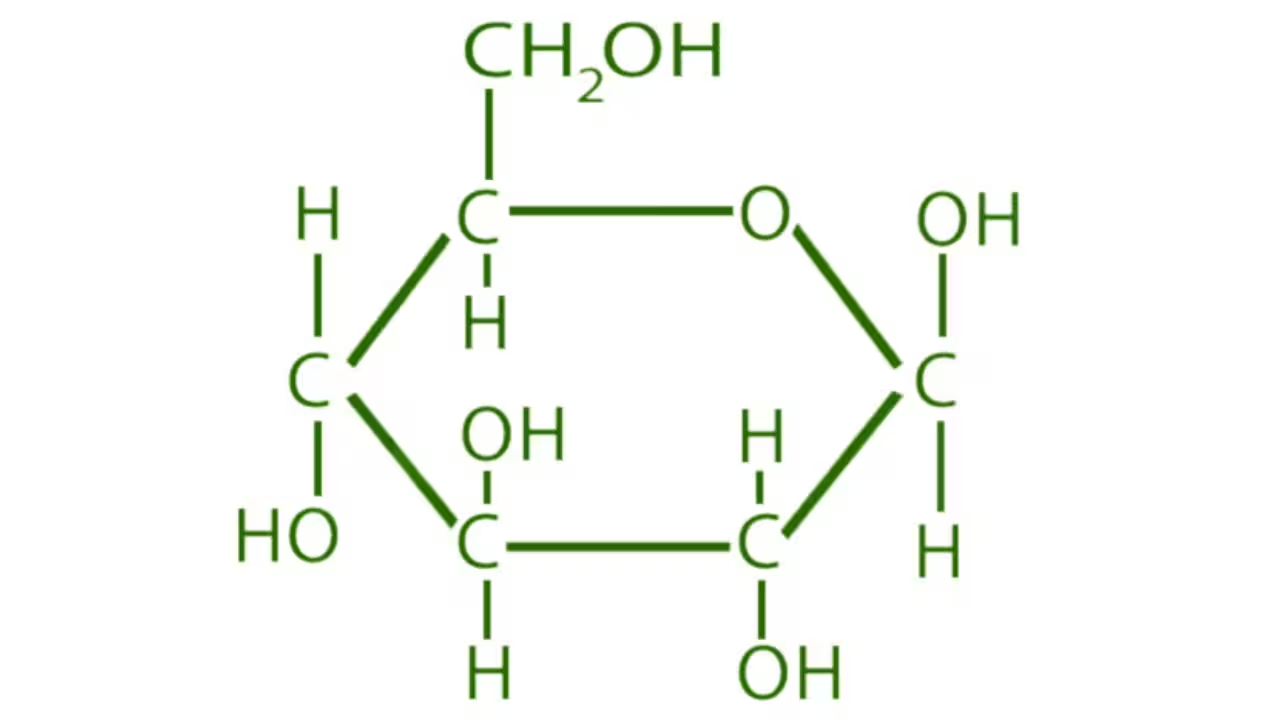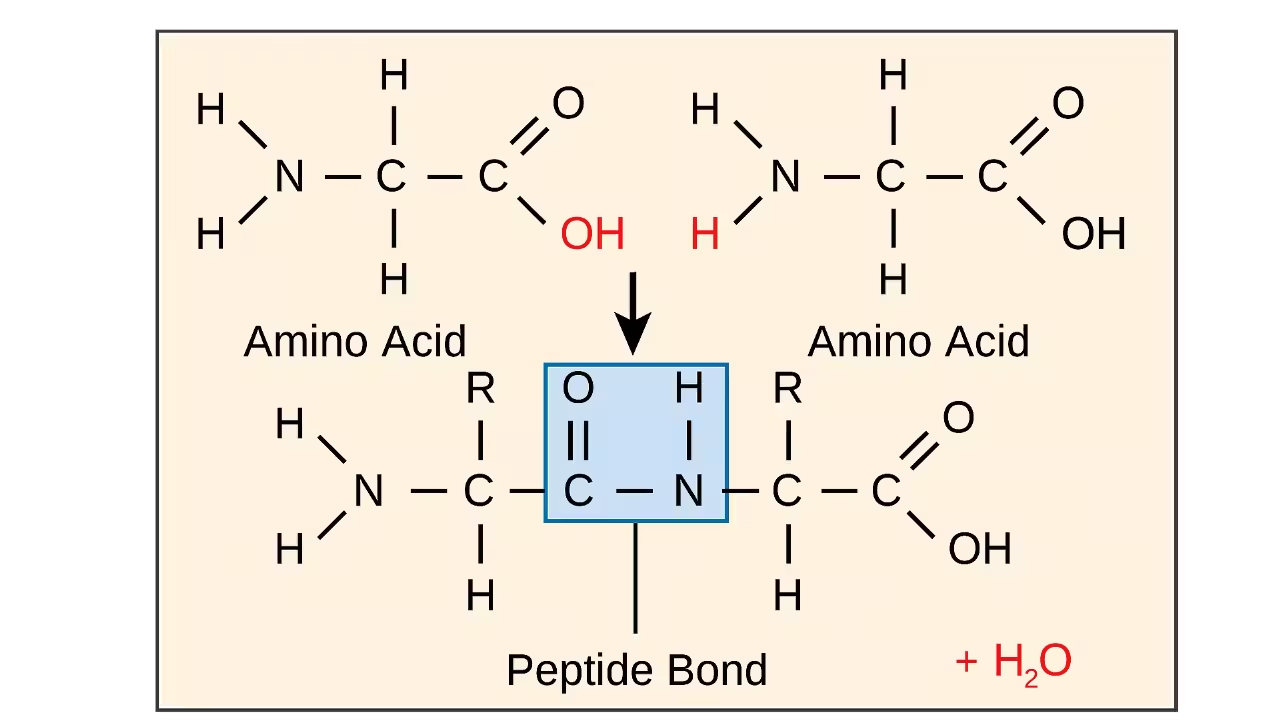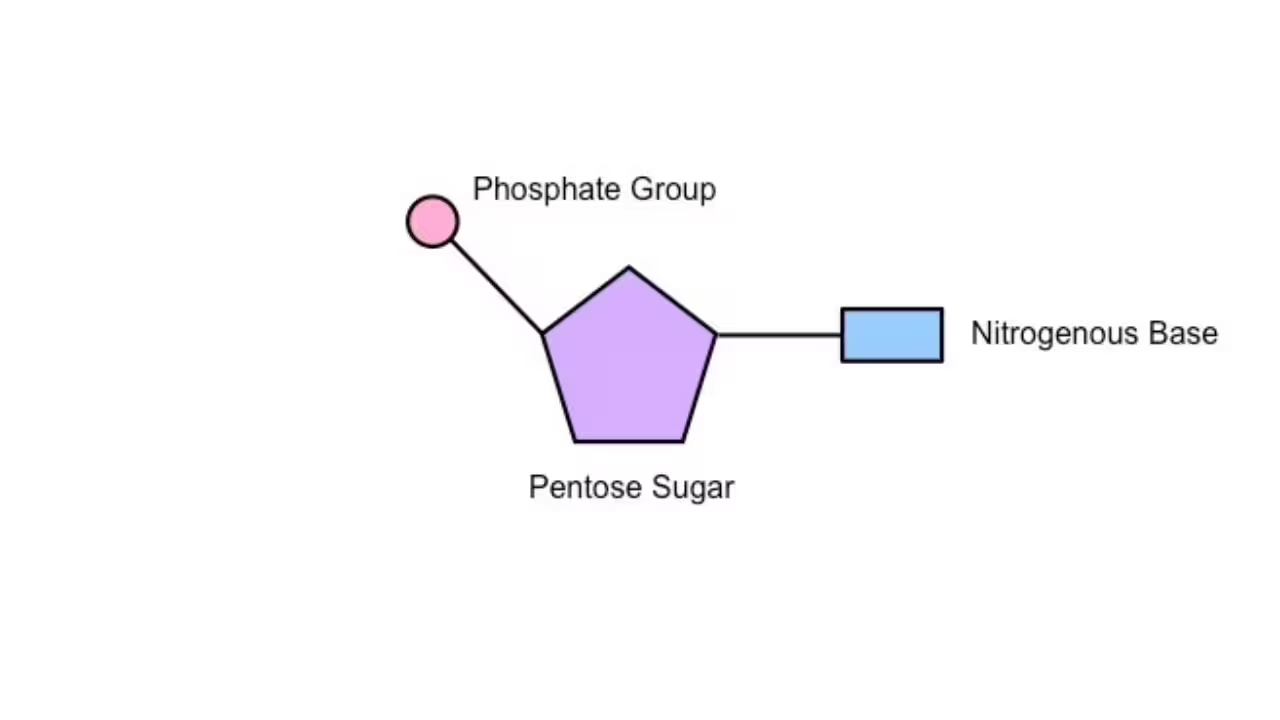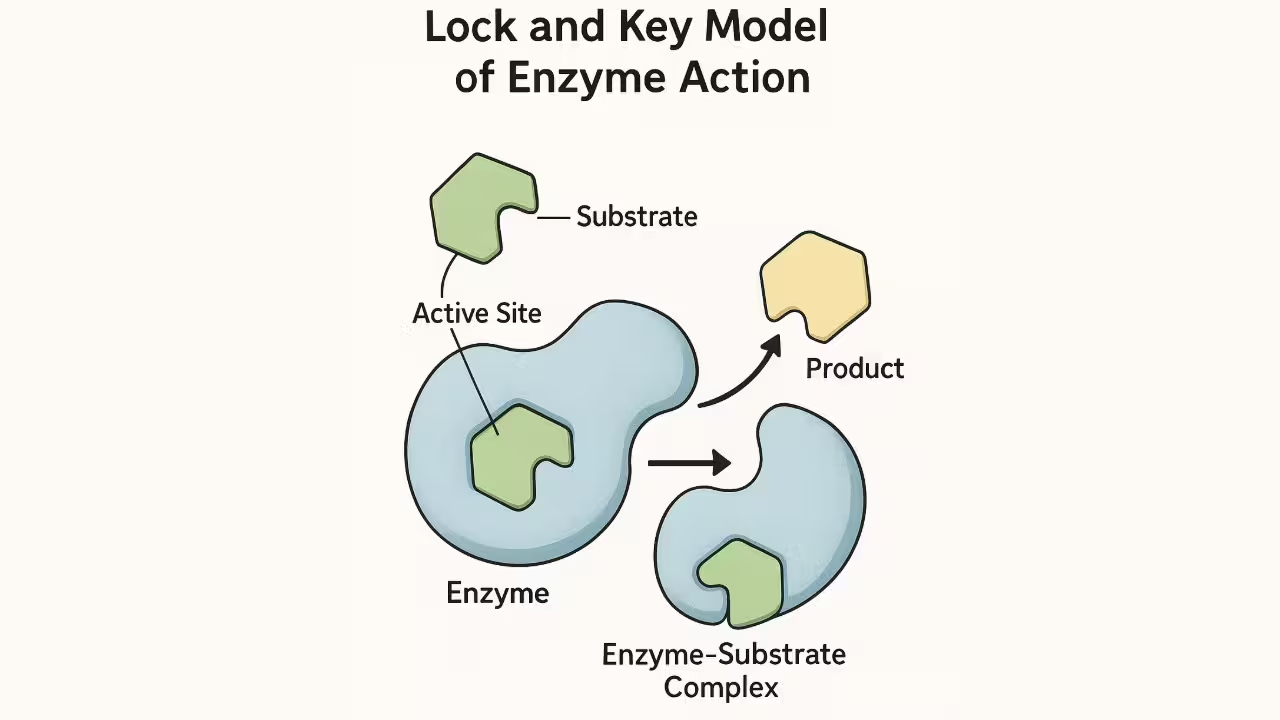
To Download PDF
Please verify your Whatsapp number first,
so you can download this pdf immediately

 Send OTP
Send OTPStuck with Biomolecules Class 12 Notes that just feel like too much? Don’t worry, this chapter gets way easier once you break it down. It’s all about the molecules that make up living things – carbs, proteins, enzymes, vitamins, and DNA.
From glucose rings to protein structure and enzyme action, these concepts show up both in your syllabus and your body. So if you’re looking for no-fluff, straight-to-the-point biomolecules class 12 notes pdf, you’re exactly where you need to be.
Reading the full chapter again and again? Not the move. So we made these Ch 14 Chemistry Class 12 notes to save your time and sanity. Whether it’s NCERT definitions, important reactions, or those confusing diagrams - it’s all packed in here.
And if you’re someone who likes to revise on the go, we’ve also added biomolecules chemistry class 12 notes in a clean, scroll-n-learn format. Quick, clear, and perfect for last-minute revision.
The chapter Biomolecules focuses on the chemical substances found in living organisms. These include carbohydrates, proteins, enzymes, lipids, vitamins, and nucleic acids - all essential for various life processes.
Here’s a clean breakdown of each section based on your NCERT Class 12 Chemistry Chapter 14, simplified and explained for quick understanding.
Biomolecules are the chemical compounds found in living organisms. They’re responsible for every function that happens in your body - from breathing to digestion to thinking.
Unlike random molecules, biomolecules are organic (carbon-based) and follow a specific structure because they come from cells. The six major types you need to know are:
Carbohydrates are compounds made of carbon, hydrogen, and oxygen - typically in the ratio Cx(H2O)yC_x(H_2O)_yCx(H2O)y. That’s why they’re often called “hydrates of carbon.”
They’re your body’s go-to energy source - used immediately during any physical or mental work.
Every time you walk, run, or even blink - glucose (a simple carb) is being broken down for energy. Some carbs store energy for later, others provide structure to cells (like cellulose in plants).
a) Monosaccharides (Simple sugars)
b) Disaccharides
c) Polysaccharides
Amino acids are the basic units that combine to form proteins. Each amino acid has:
There are 20 standard amino acids, each with a unique side chain. The nature of this side chain decides how the amino acid behaves - acidic, basic, polar, etc.
Amino acids = proteins
Proteins = muscles, skin, hormones, enzymes, immunity
→ Basically, they run your body.
Zwitterion Concept:
In water, amino acids exist as zwitterions - meaning they carry both a positive and negative charge at the same time.
Proteins are polymers of amino acids joined by peptide bonds (–CO–NH–). They have structure levels:
If a protein loses its 3D shape due to heat or pH → denaturation (loses function too).
Enzymes are biological catalysts - special proteins that speed up chemical reactions in the body, without getting used up themselves. For example, the enzyme amylase breaks down starch in your mouth. Without enzymes, most bodily reactions would be too slow to support life.
They have a specific active site where the substrate fits. Think of it like:
Lipids are fatty substances made of fatty acids + alcohol (usually glycerol). They're not true polymers but are essential for structure and storage.
Vitamins are micronutrients - needed in small amounts but super important. They regulate metabolism, support immunity, and help enzyme function.
Types:
Deficiency Disorders:
Nucleic acids are DNA & RNA - the biomolecules that store, carry, and help express genetic information.
Each nucleotide - Nitrogen base + Sugar + Phosphate
Here are the must-know diagrams from Biomolecules Class 12 Chemistry Notes, explained in words so you can easily imagine or recall them - because yes, they actually help you understand what’s going on, and they’re super easy once you get the logic.
1. Cyclic Structure of Glucose

This shows how glucose curls into a six-membered ring with an oxygen in the ring and a CH₂OH group sticking up. The –OH group on carbon 1 points down in α-glucose. It’s a neat way to remember glucose doesn’t stay in open-chain form.
2. Peptide Bond Formation

This shows how two amino acids join to form a protein link. The –COOH of one and –NH₂ of another lose water and form a peptide bond (–CO–NH–). It’s the start of a protein chain - short and clear.
3. Structure of a Nucleotide

This one breaks down the unit of DNA or RNA. It includes a nitrogen base, a pentose sugar, and a phosphate group - all joined in a compact, easy-to-remember structure. A simple sketch that builds the entire genetic code.
4. Lock and Key Model of Enzyme Action

This explains how enzymes only work with specific substrates. The enzyme is the “lock” and the substrate fits like a “key.” Once they fit, the product is released. It’s like a puzzle - easy and logical when you think of shapes.
We all know chemistry throws around a lot of terms that sound more complicated than they actually are. So here’s your Biomolecules Class 12 Chemistry Notes glossary - broken down in a chill, handwritten-notes style that makes everything easier to remember.
And that’s a wrap on Biomolecules – the chapter that starts off all chemical and confusing but ends up making total sense once it’s broken down. From glucose rings to enzyme action, you’ve got the core stuff sorted.
If this blog helped clear things up even a little, you're already ahead. One more chapter down, and you’re officially not just reading - you're actually understanding. Let’s keep this momentum going.
Q1. What are monosaccharides?
Ans. Monosaccharides are simple sugars like glucose or fructose. They're the smallest units of carbohydrates and give quick energy.
Q2. What is a glycosidic linkage?
Ans. It’s the bond that connects two sugar molecules in disaccharides and polysaccharides. Think of it as the "glue" holding sugars together.
Q3. What are reducing sugars?
Ans. Reducing sugars are the ones that can donate electrons. Glucose, maltose, and lactose are examples. They show positive results in tests like Fehling’s or Benedict’s.
Q4. What is the difference between nucleotide and nucleoside?
Ans. A nucleoside is just sugar + base. A nucleotide is sugar + base + phosphate. Just add phosphate to get the “tide.”
Q5. What are enzymes and how do they work?
Ans. Enzymes are proteins that speed up chemical reactions. They fit with their target (called a substrate) like a key in a lock and make reactions happen faster.